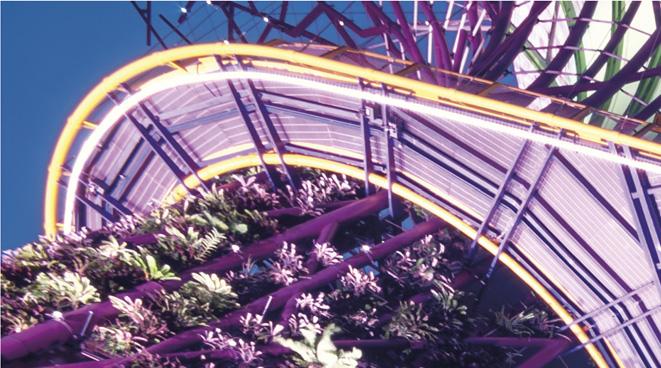
6 minute read
Singapore: an LNG hub
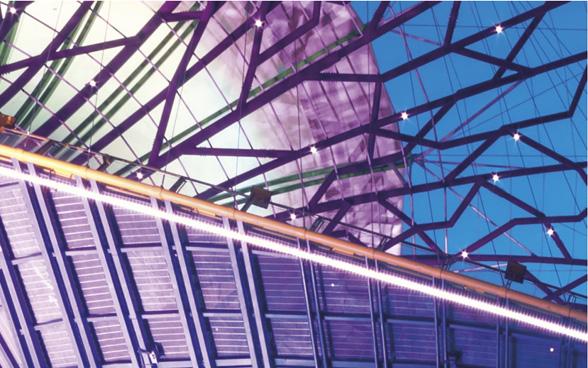


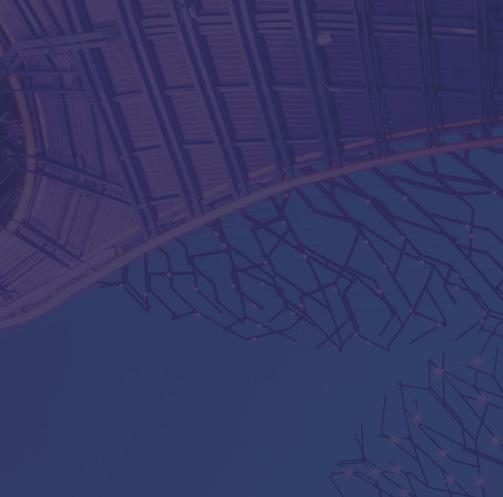
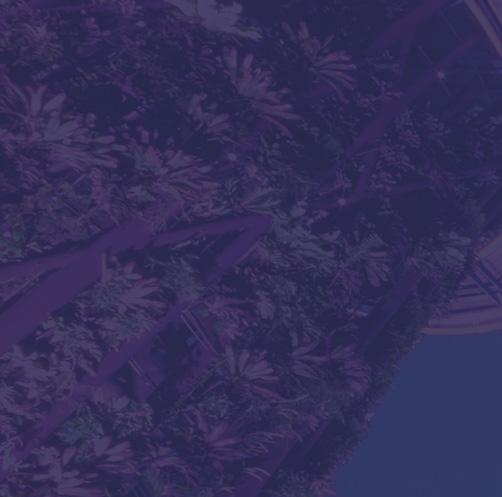
Capt Daknash Gansen, Senior Director (Operations & Marine Services) of the Maritime and Port of Authority of Singapore, Singapore, details the country’s development as a sustainable global hub port that champions LNG bunkering.
As the world’s top bunkering hub, Singapore pursues a long-term commitment to a maritime decarbonisation agenda in building a sustainable global hub port. The Maritime and Port of Authority of Singapore (MPA) signed a Memorandum of Co-operation with the Port of Rotterdam Authority and Japan’s Ministry of Land, Infrastructure, Transport and Tourism to form the Future Fuels Port Network last October. The port network will develop a roadmap on adopting clean marine fuels in support of decarbonisation. Besides research and development, the three parties to this network will also co-operate on possible joint bunkering pilot runs with identified shipping lines to drive decarbonisation efforts in the shipping industry.
Spearheading green growth and sustainability in Singapore’s maritime industry, MPA sees LNG as a viable and scalable marine fuel in the maritime sector’s transition to a low-carbon future. LNG plays a vital role in MPA’s multi-fuel decarbonisation strategy to reduce the impact of shipping on the environment.
MPA is focusing on the development of four key elements in the LNG supply chain: bunker supply, bunkering infrastructure, demand promotion, and bunkering standards.
Growing LNG bunker supply and developing bunkering infrastructure
To establish an end-to-end supply chain for LNG bunkering in the Port of Singapore, MPA awarded LNG bunker supplier licences to FueLNG Pte Ltd and Pavilion Energy Singapore Pte Ltd in 2016.
Since then, MPA has been working closely with its licensees to ensure an adequate supply of LNG bunker and to develop LNG bunkering infrastructure with the capacity to serve ocean-going vessels. For instance, MPA awarded a total of S$6 million to co-fund the building of two LNG bunker vessels for regular ship-to-ship LNG bunkering in the Port of Singapore. The first of these two vessels, FueLNG Bellina, arrived in Singapore in October 2020. The vessel undertook Asia’s first ship-to-containership LNG bunkering

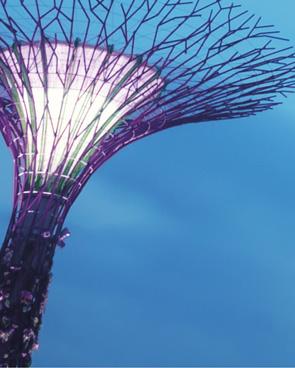
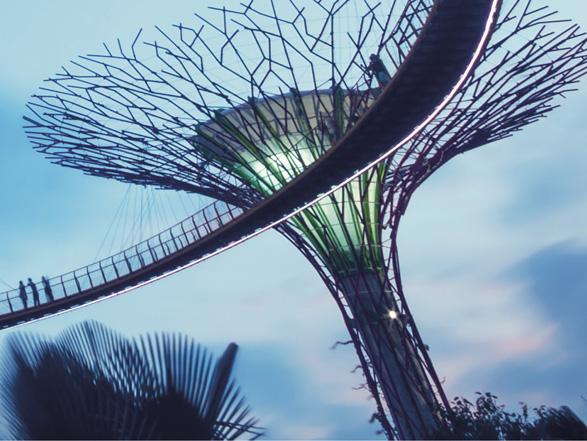
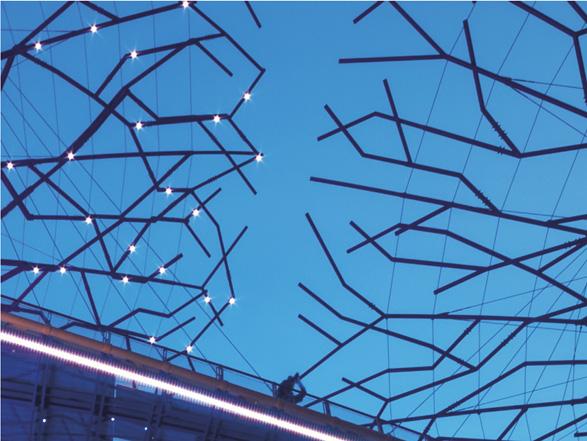
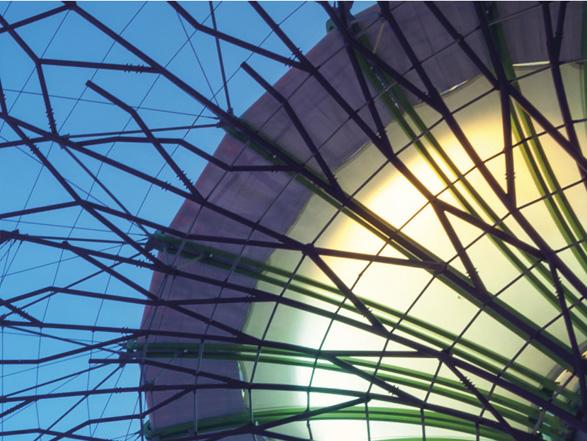
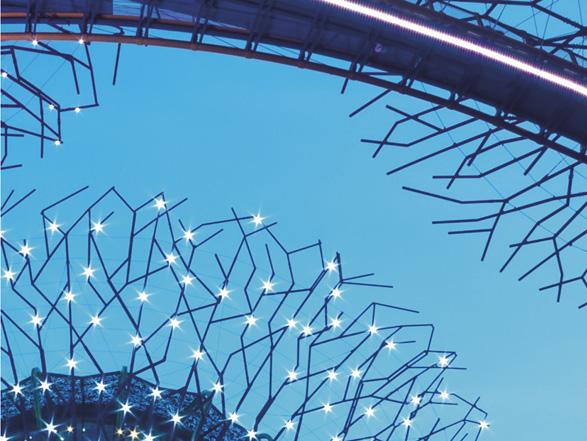
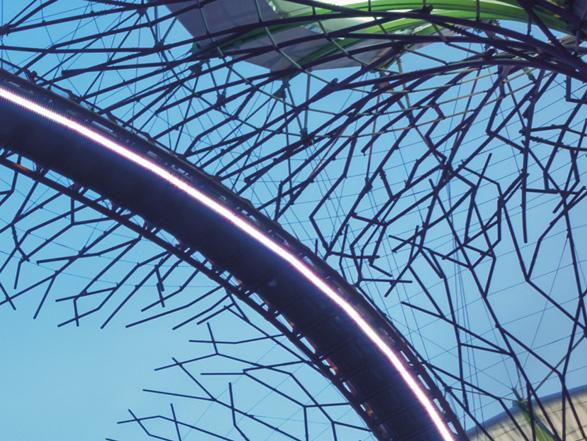
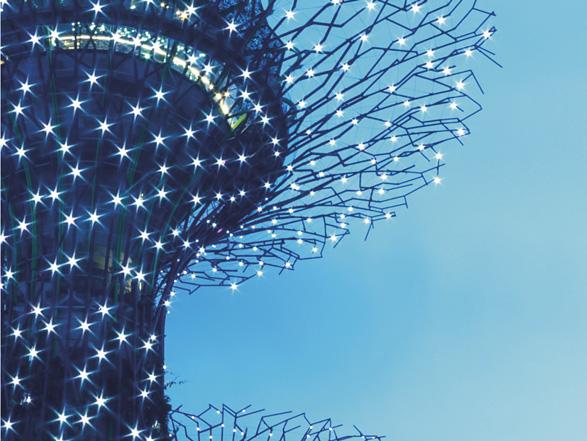
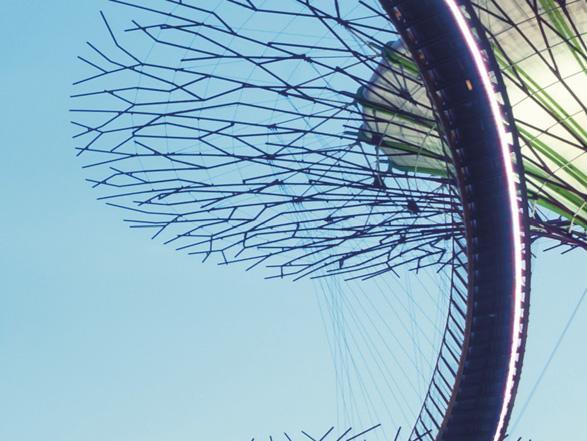

operations in March 2021. It has since completed 18 ship-toship LNG bunkering operations.
Singapore now possesses an LNG bunker supply capacity of up to 1 million tpy, which translates to approximately 300 ship-to-ship LNG bunkering operations annually.
As of 1 August 2021, over 420 truck-to-ship LNG bunkering operations had been safely carried out in the Port of Singapore. They included LNG bunker supplied to domestic harbour craft in Singapore’s port waters since 2017.
With growing orderbooks for LNG-fuelled vessels, MPA awarded a third LNG bunker supplier licence to Total Marine Fuels Pte Ltd in February 2021 to prepare for a foreseeable increase in demand for LNG bunker. Its five-year licence begins from 1 January 2022.
In addition, to enhance LNG storage and supply infrastructure in the Port of Singapore, MPA introduced port dues concessions in July 2021 to support the deployment of floating storage units (FSUs) and floating storage regasification units (FSRUs) for LNG bunkering (and breakbulk) activities in Singapore. These concessions entitle FSUs and FSRUs to a 50% discount in port dues (up to S$0.6 million/y per craft for five consecutive years).
MPA continues to work with interested parties to grow the LNG bunkering ecosystem in the Port of Singapore.
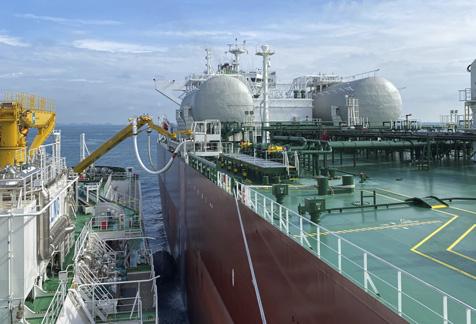
Figure 1. Singapore’s first ship-to-ship bunkering of an LNGfuelled oil tanker took place between FueLNG Bellina and Pacific Emerald.
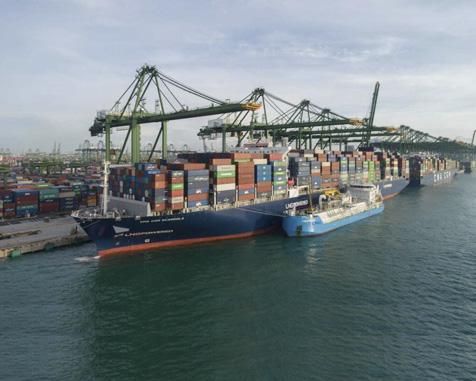
Figure 2. CMA CGM Scandola was the first containership to carry out ship-to-ship LNG bunkering operations in Singapore and Asia.
Promoting LNG bunker demand
In creating demand for LNG bunker, MPA implemented a series of schemes to grow the domestic adoption of LNG as a marine fuel. For instance, it awarded S$14 million of co-funding grants to build seven LNG-fuelled tug boats and bunker vessels from 2016 to 2018.
Additionally, MPA offers incentives under the Maritime Singapore Green Initiative to attract ocean-going vessels to call at the Port of Singapore for LNG bunker. Vessels that adopt LNG fuel receive a 25% discount in port dues during their stay under the Green Port Programme. They also receive an additional 10% concession in port dues when they tap on the services of LNG-fuelled harbour craft during their stay. Separately, under the Green Ship Programme, Singaporeregistered vessels that adopt LNG fuel receive rebates on Annual Tonnage Tax and discounts on their Initial Registration Fees.
To promote the global adoption of LNG as a marine fuel, MPA co-operates with 10 other port and maritime administrations to establish a network of LNG bunker-ready ports worldwide. These ports, which are parties to a joint Memorandum of Understanding, also co-ordinate with international bodies and port operators on the provision of LNG bunkering services. In this way, this port network grows industry confidence in the availability of LNG supply across key shipping routes.
Developing bunkering standards
While growing demand and ensuring an adequate supply of LNG bunker, MPA worked closely with industry partners and other government agencies to put in place effective LNG bunkering standards and procedures that facilitate safe and reliable LNG bunker delivery operations in the Port of Singapore.
Launched in 2017, the Technical Reference for LNG bunkering (TR 56) provides a transparent technical framework for conducting LNG bunkering operations. It covers the requirements for bunker custody transfer, procedures and safety distances, as well as competency requirements for personnel. These standards and good practices that guide LNG bunkering operations in Singapore mitigate health and safety risks, enhance operational efficiency, and increase the overall trust and confidence of LNG bunker buyers and suppliers in conducting bunkering operations in the Port of Singapore.
Becoming a leading LNG bunkering hub
Singapore aims to become the leading LNG bunkering hub in Asia and the world. To realise this ambition, MPA works together with market players in the bunker supply chain to offer safe, efficient, and reliable LNG solutions for global shipping customers in the Port of Singapore.
As part of its decarbonisation agenda, MPA continues to explore credible LNG solutions such as drop-in fuels for the bunker supply chain as technology for bio-LNG and liquefied synthetic methane develops and matures. It consistently seeks industry feedback to address the needs of players in Singapore’s LNG bunker market and ensures that its services are safe, fair, and competitive.










